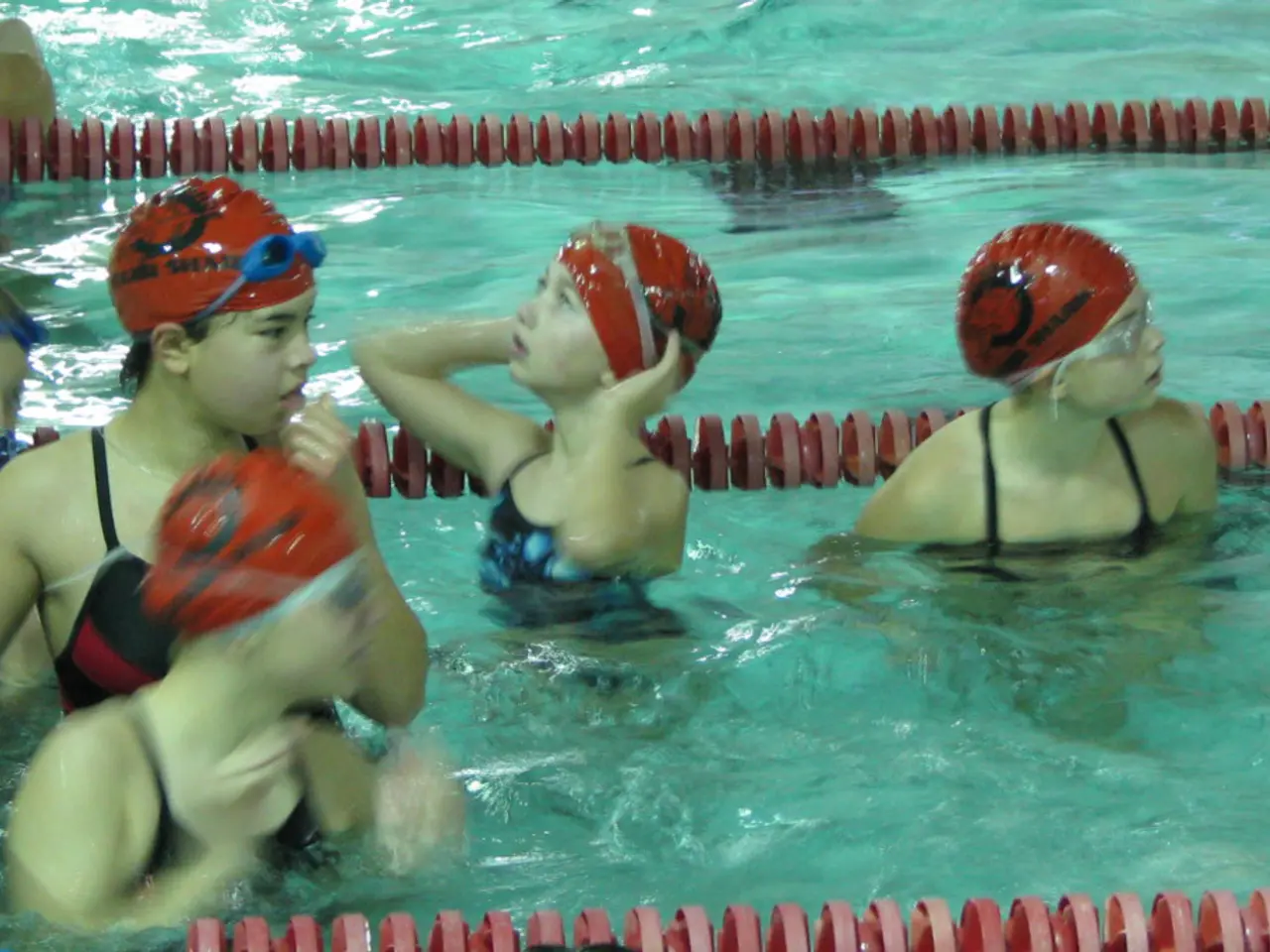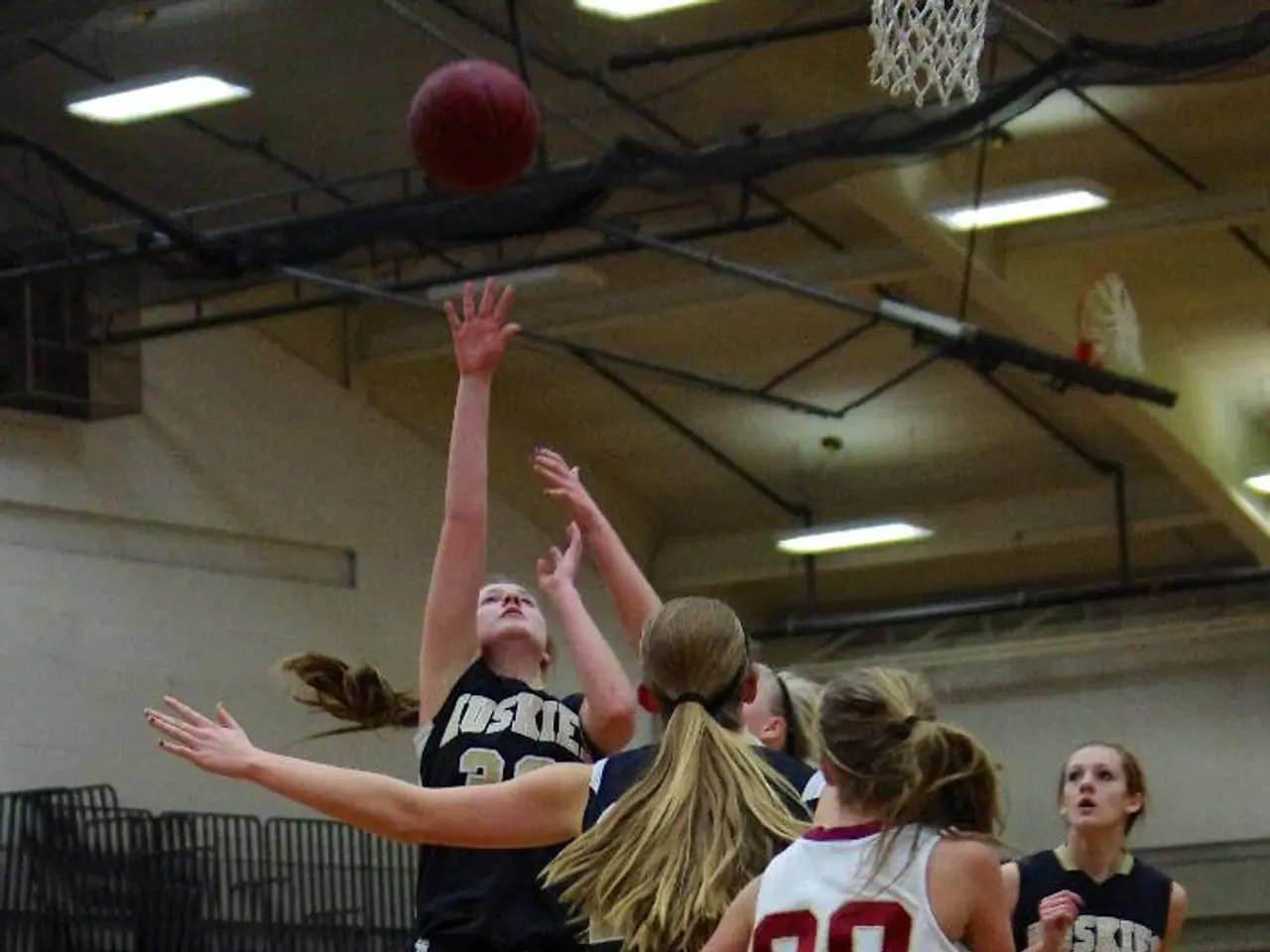Chicago River Swim, previously halted, scheduled for next month
The Chicago River Swim, a historic open water swim event, will make its long-awaited return in 2025. After a nearly century-long hiatus, the event is scheduled to take place on September 21, 2025.
A Century of Absence
The Chicago River Swim will mark the first open water swim in the Chicago River in almost 100 years. This significant absence highlights decades of efforts to revitalize and clean the Chicago River, which historically suffered from severe pollution. However, thanks to stronger regulations, advanced sewage treatment, and real-time water quality monitoring, the river has seen major environmental improvements.
Safety First
Safety is a top priority for the Chicago River Swim. Over 100 trained personnel, including kayakers, paddle boarders, and boat crews, will monitor swimmers throughout the course. Organizers collaborate with authorities and organizations such as the Metropolitan Water Reclamation District (MWRD), University of Illinois Chicago, and water innovation nonprofit Current to perform near real-time water quality testing before and during the event.
Additional safety protocols include autonomous buoys, GPS tracking, in-water timing, river closures to vessel traffic by the U.S. Coast Guard, and controlled spectator access along the Riverwalk. The swim will only proceed if water quality and safety criteria are fully met; the event team is prepared to delay or cancel if conditions are unsafe.
A Swim for a Cause
Funds raised through the Chicago River Swim will support ALS research at Northwestern University's medical school and youth swim education programs throughout Chicago, especially empowering Black and Brown youth. The event partners with the USA Swimming Foundation, highlighting its focus on swim education and community empowerment. U.S. Olympian Natalie Hinds, a bronze medalist, is the featured athlete endorsing the event and its charitable mission.
A Milestone in Chicago's Riverfront Development
The Chicago River Swim will not only test endurance and strength but also celebrate Chicago’s environmental progress and riverfront development. This event marks a milestone in making the river accessible and celebrated as a clean, safe recreational resource. On a summer day, the Chicago River is often frequented by kayakers, architectural cruise boats, and people taking photos.
The swim offers 1-mile and 2-mile course options from Dearborn Street Bridge to Clark Street Bridge, with festivities and spectator areas along the Riverwalk. The Chicago River Swim could become an event like Bike the Drive or the Chicago Marathon, attracting thousands of participants and spectators.
While there were almost three times more applications for the swim than the available spots, the event is only accepting swimmers who can prove they have participated in other open water swim events before. The City of Chicago and the U.S. Coast Guard will work with organizers to close a portion of the river to commercial traffic the morning of the event.
In the past, the Chicago and Calumet River system was often polluted and fenced off. Margaret Frisbie, the executive director of Friends of the Chicago River, has seen a significant improvement in the water quality of the Chicago and Calumet River system over her 25 years with the organization. Saturday, Sept. 21, will be the first time in 95 years that the Chicago River hosts an official open swim. Organizers have been trying to get a permit for the swim for years.
The Chicago River Swim is more than just a swim; it's a testament to the city's resilience and commitment to environmental improvement. It's a celebration of the Chicago River's transformation from a polluted waterway to a clean, safe, and celebrated recreational resource.
A news article may report on the comeback of the Chicago River Swim, an open water swim event that will take place for the first time in almost a century in 2025, marking a milestone in the river's environmental progress. The sports world may also highlight the safety measures being implemented for the event, such as real-time water quality testing, bubble buoys, and trained personnel to monitor swimmers.








